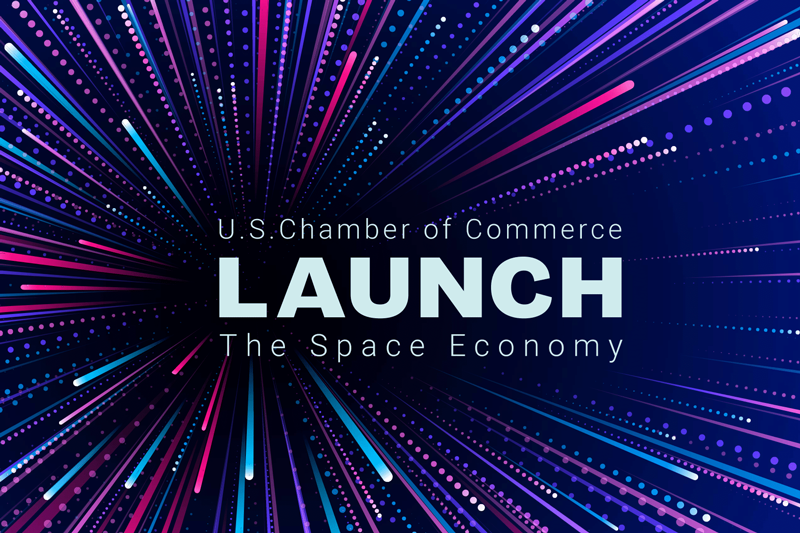On Tuesday, December 3rd, 2019, the U.S. Chamber of Commerce held its second Annual Space Summit entitled “LAUNCH: The Space Economy” in Washington, DC. The Summit was a full day event centered around the opportunities and challenges associated with a growing space economy, with high-level representatives from the government and industry alike. Featured speakers included the Administrator of the FAA, the Chairman of the FCC, NASA’s Deputy Administrator, and the Under Secretary of Defense for Research and Engineering. The Department of Commerce and the Air Force were represented by Kevin O’Connell and Lt. Gen. David Thompson, respectively.
The event began with a video presentation from NASA Astronaut Christina Koch, who thanked the Chamber for its support and commitment to enabling commercial partnerships and investments in the space industry. The Chamber of Commerce CEO, Thomas Donohue, kicked of the Summit by declaring that “the space industry is the most promising industry to arise since the birth of the tech sector,” and that the “sea change in commercial space” has already moved the space economy from countdown to lift-off.
One of the major topics of discussion was the increasing demand for frequent launches and the associated need for the FAA to be more efficient in regulating launch activities. Brig. Gen. Wayne Monteith, FAA Associate Administrator for Commercial Space Transportation (AST), announced an AST reorganization, which is intended to improve the office’s efficiency as the number of launches grows. Monteith also highlighted efforts to better integrate commercial launches into the national airspace system.
Mike Griffin, the Undersecretary of Defense for Research and Engineering, examined the role of the DoD in the market for commercial space technologies. He argued that non-governmental demand for commercial space services is insufficient to sustain the market at this time and underscored the importance of commercial assets in developing the proliferated space architectures that the DoD needs. He pointed to a long government acquisition timeline as a key concern and argued that the Space Development Agency was created to work around this problem. The goal, he explained, is to engage the commercial sector in building to DoD requirements via commercial methods.
On a similar note, Kevin O’Connell, Director of the Office of Space Commerce, submitted that the government is becoming more sophisticated in harnessing commercial activities. He noted that foreign commercial competition is increasing, with governments providing tax incentives and funding to their commercial space industries, but concluded that U.S. strength “lies in the ability of our independent commercial market.” Mr. O’Connell stressed that the government is responsible for a regulatory environment that is conducive to innovation, assuring the audience that launching the space economy remains one of the main priorities of the Department of Commerce. In addition, he emphasized space safety and sustainability through space situational awareness as an important aspect of ensuring U.S. leadership in space, and said that the DoC is exploring opportunities for cooperation with the commercial sector in that effort.
FCC Chairman Ajit Pai affirmed that the Commission is also working hard to help the U.S. seize the opportunities of the new space age, and that it is committed to a “space agenda that involves cutting red tape and giving green lights.” He described how new opportunities and applications are being enabled by NGSO constellations, Earth observation services, and improved transmission to Earth Stations in Motion (ESIMs), including satellite broadband that is competitive with terrestrial systems and the capacity to stay connected in motion on land, sea, and air. Pai acknowledged the growing risk posed by space debris and noted that the Commission is undertaking the first comprehensive review of its orbital debris rules since their adoption in 2004.
On the topic of 5G, Ajit Pai stressed that the next generation of wireless communications will offer a common network architecture accessible to a broader range of technologies, enabling satellite services to be interoperable with 5G from the beginning, rather than “playing catch-up” as was the case with 4G LTE. In response to questions about the C-band auction, he stated that the recent decision to conduct a public auction does not run counter to previous pronouncements, and that the FCC remains committed to the same principles: to quickly free up a significant amount of spectrum for 5G, to generate revenue for the federal government, and to ensure the continued delivery of services currently provided via C-band. Finally, Chairman Pai stressed some of the achievements of this year’s World Radio Conference, including more flexibility for ESIMs to operate in additional bands, a regulatory framework for NGSOs to operate in the Q and V bands, and the allocation of 1 GHz of spectrum for fixed satellite services in the 51.4-52.4 GHz band.
Other topics of discussion during the event included the human exploration challenges and opportunities of the Artemis program, Moon to Mars goals, and national security space priorities. Overall, the role of the government in the space economy and the difficult balance in ensuring both safety and fast-paced innovation in space were some of the key discussion points of the day. The high expectations set by a successful inaugural Space Summit last year were matched by a valuable, high-level discussion of central developments in commercial space at this year’s event.

